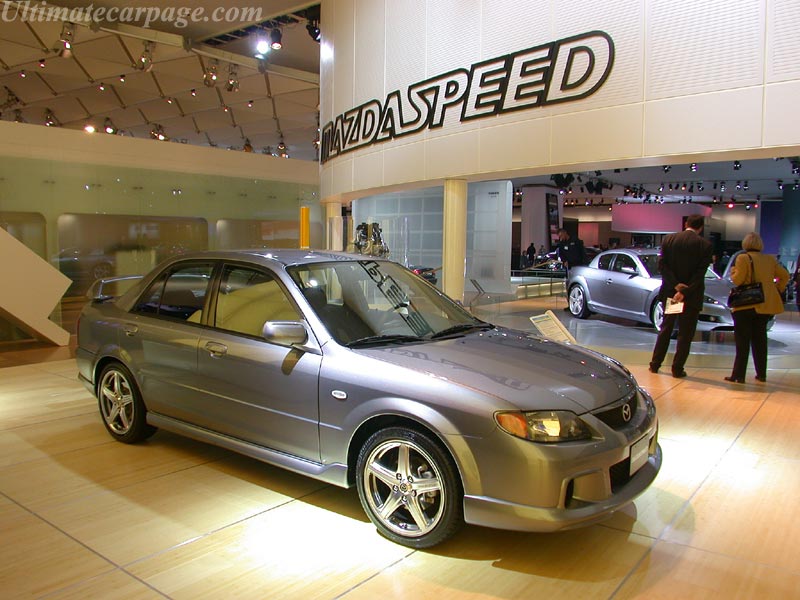


The mid-engined car appeared to offer favorable qualities, although it was known at the time that such a layout would struggle to meet the noise, vibration, and harshness ( NVH) requirements of the project. The first round of judging the competing designs was held in April 1984, with designs presented on paper only. The Californian team proposed a front-engine, rear-wheel-drive layout, codenamed Duo 101, in line with the British roadster ancestry, but their Japanese counterparts favored the more common front-engine, front-wheel-drive layout or the rear mid-engine, rear-wheel-drive layout. Thus, under head of project Masakatsu, the concept development was turned into a competition between the Mazda design teams in Tokyo and California. In 1983, the idea turned concept was approved under the "Offline 55" program, an internal Mazda initiative that sought to change the way new models were developed. There, Hall and Jordan collaborated on the parameters of the initial image, proportion and visualization of the "light-weight sports" concept. At this time Hall hired designer Mark Jordan to join the newly formed Mazda design studio in Southern California. In 1981, Hall moved to a product planning position with Mazda USA and again met Yamamoto, now chairman of Mazda Motors, who remembered their conversation about a roadster and in 1982 gave Hall the go-ahead to research the idea further. Yamamoto that somebody should build one inexpensive roadster. I babbled how the simple, bugs-in-the-teeth, wind-in-the-hair, classically-British sports car doesn't exist any more. Yamamoto and Gai Arai asked Hall what kind of car Mazda should make in the future: In 1976, Bob Hall, a journalist at Motor Trend magazine who was an expert in Japanese cars and fluent in the language, met Kenichi Yamamoto and Gai Arai, head of Research and Development at Mazda. Inducing oversteer is easy and very controllable, thus making the MX-5 a popular choice for amateur and stock racing, autocross, and club racing. With an approximate 50:50 front/rear weight balance, the car has nearly neutral handling. Some MX-5 models feature limited slip differentials, traction control, and an anti-lock braking system.


Notably, the MX-5 incorporates a longitudinal truss, marketed as the Powerplant Frame (PPF), that provides a rigid connection between the engine and differential to minimize flex and improve balance. The lightweight, unibody MX-5 boasts sharp, responsive handling and a curb weight of under 2,500 pounds. The first generation MX-5 would go on to be the most popular of the four MX-5 generations by a wide margin, with over 228,961 units sold in the United States between 19. The MX-5 was officially introduced in February 1989 at the Chicago Auto Show, and the public immediately resonated with the new sports car. That left the Mazda as the spiritual successor to a host of discontinued sports cars such as the MG B, Triumph TR7, Triumph Spitfire, and Fiat Spider. However, even the Spider was not a direct competitor of the MX-5 due to its significantly higher price tag. The original MX-5 was launched at a time when small roadsters had almost disappeared from the market, with the Alfa Romeo Spider being one of the only comparable models still in production at the time. The name miata derives from Old High German for "reward". The second generation ( NB) launched in 1998 for MY 1999 followed by the third generation ( NC) in 2005 for MY 2006, and the fourth generation ( ND) in 2015 for MY 2016.Īs the best-selling two-seat convertible sports car in history, the MX-5 has been marketed globally, with production exceeding one million, as of early 2016. Generations were internally designated with a two-letter code, beginning with the first generation, the NA. The Lotus Elan was used as a design benchmark. Widely noted for its small, light, technologically modern, dynamically balanced and minimally complex design, the MX-5 has frequently been called a spiritual successor to 1950s and '60s Italian and British roadster sports cars. Manufactured at Mazda's Hiroshima plant, the MX-5 debuted in 1989 at the Chicago Auto Show and was conceived and executed under a tightly focused design credo, Jinba ittai ( 人馬一体), meaning "oneness of horse and rider". The convertible is marketed as the Mazda Roadster ( マツダ・ロードスター, Matsuda Rōdosutā) or Eunos Roadster ( ユーノス・ロードスター, Yūnosu Rōdosutā) in Japan, and as the Mazda Miata ( / m i ˈ ɑː t ə/) in the United States, and formerly in Canada, where it is now marketed as the MX-5 but is still commonly referred to as Miata. The Mazda MX-5 is a lightweight two-passenger sports car manufactured and marketed by Mazda with a front mid-engine, rear-wheel-drive layout.


 0 kommentar(er)
0 kommentar(er)
